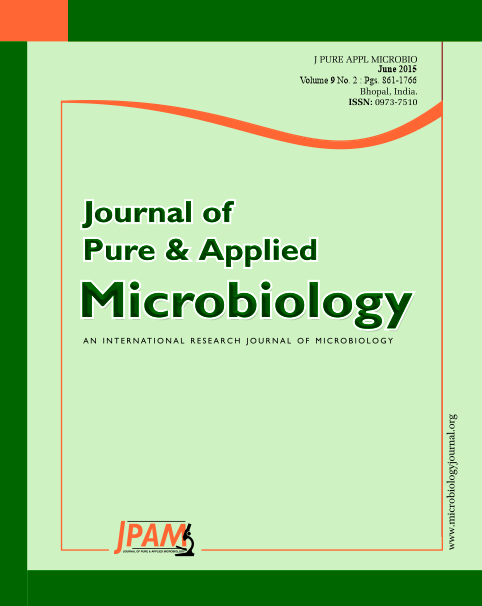Trichoderma species are endophytic plant opportunistic symbionts and ubiquitous in nature. They have potential as biocontrol agents of various plant diseases as well as help in improving crop production. Trichoderma species shows symbiotic association with apoplastic part of plant roots and has direct effect on plants. It has positive effects on seed germination, plant nutrient uptake and inorganic fertilizer efficiency, thus helps in improving plant growth and yield. In the present study, Trichoderma asperellum T42 strain was used to investigate its effect on pea (Pisum sativum) plant and biomass in the soil. Trichoderma treated pea seeds showed increased percentage of germination rate as compared to control plants. Apart from that, induced root and shoot development, increased photosynthetic pigment (chlorophyll), carotenoid, total sugar and protein content as compared to control plants were observed. Our study suggested that Trichoderma asperellum T42 can be used as plant growth promoting fungus similar to other Trichoderma species for sustainable agricultural practices. Therefore, it could be helpful in minimizing the rampant use of chemical fertilizers for improving agricultural and horticultural practices thus improving sustainability of agriculture.
Chlorophyll content, Pisum sativum, Seed germination, Sustainable agriculture, Trichoderma asperellum T42
© The Author(s) 2015. Open Access. This article is distributed under the terms of the Creative Commons Attribution 4.0 International License which permits unrestricted use, sharing, distribution, and reproduction in any medium, provided you give appropriate credit to the original author(s) and the source, provide a link to the Creative Commons license, and indicate if changes were made.


